Fire and Ice: Images of Volcano-Ice Encounters
Hot rock, meet your match
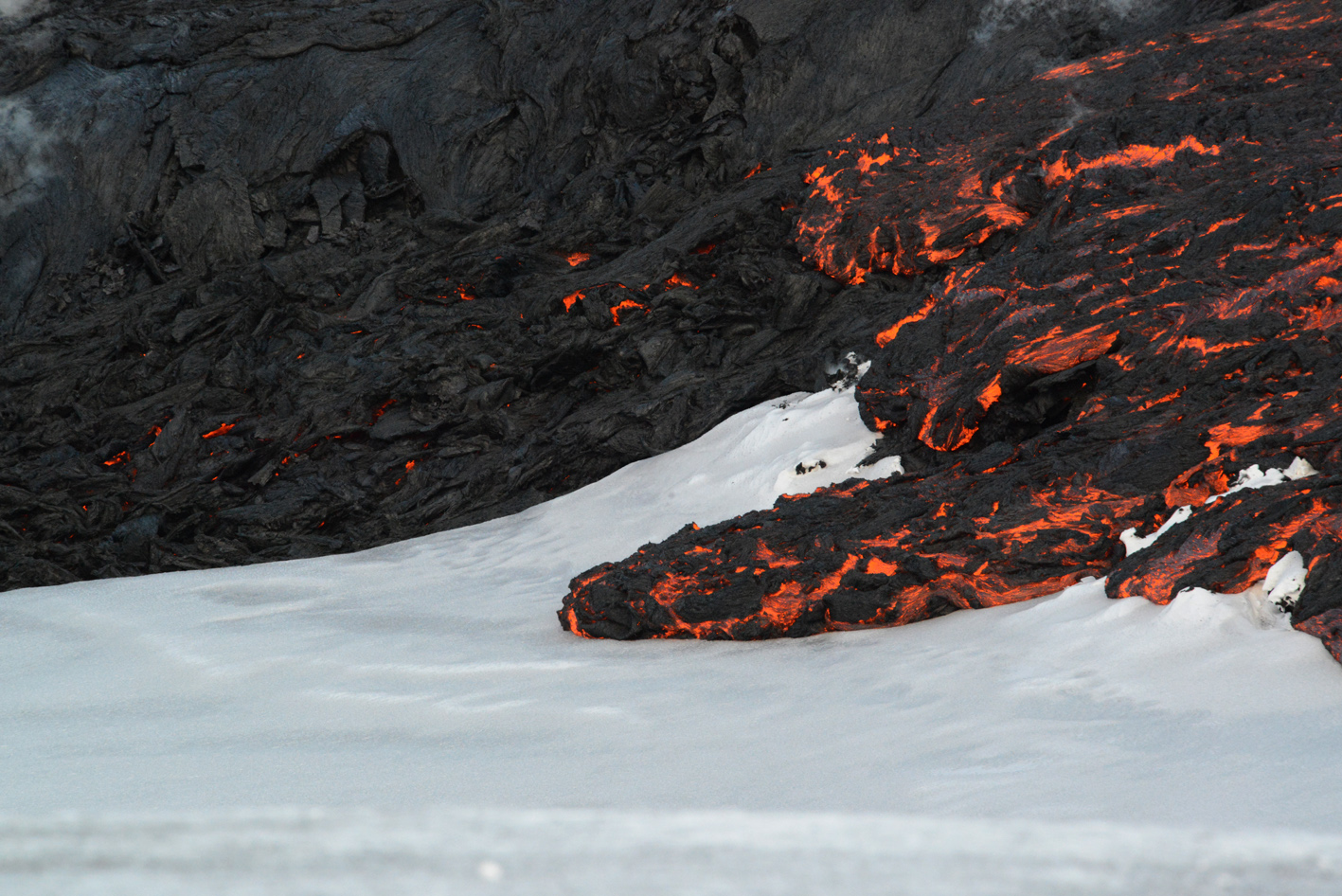
Researchers are studying how lava changes when it flows on, under and next to snow and ice. The different patterns can be used to hunt for now-disappeared glaciers from past ice ages.
Steamy sight
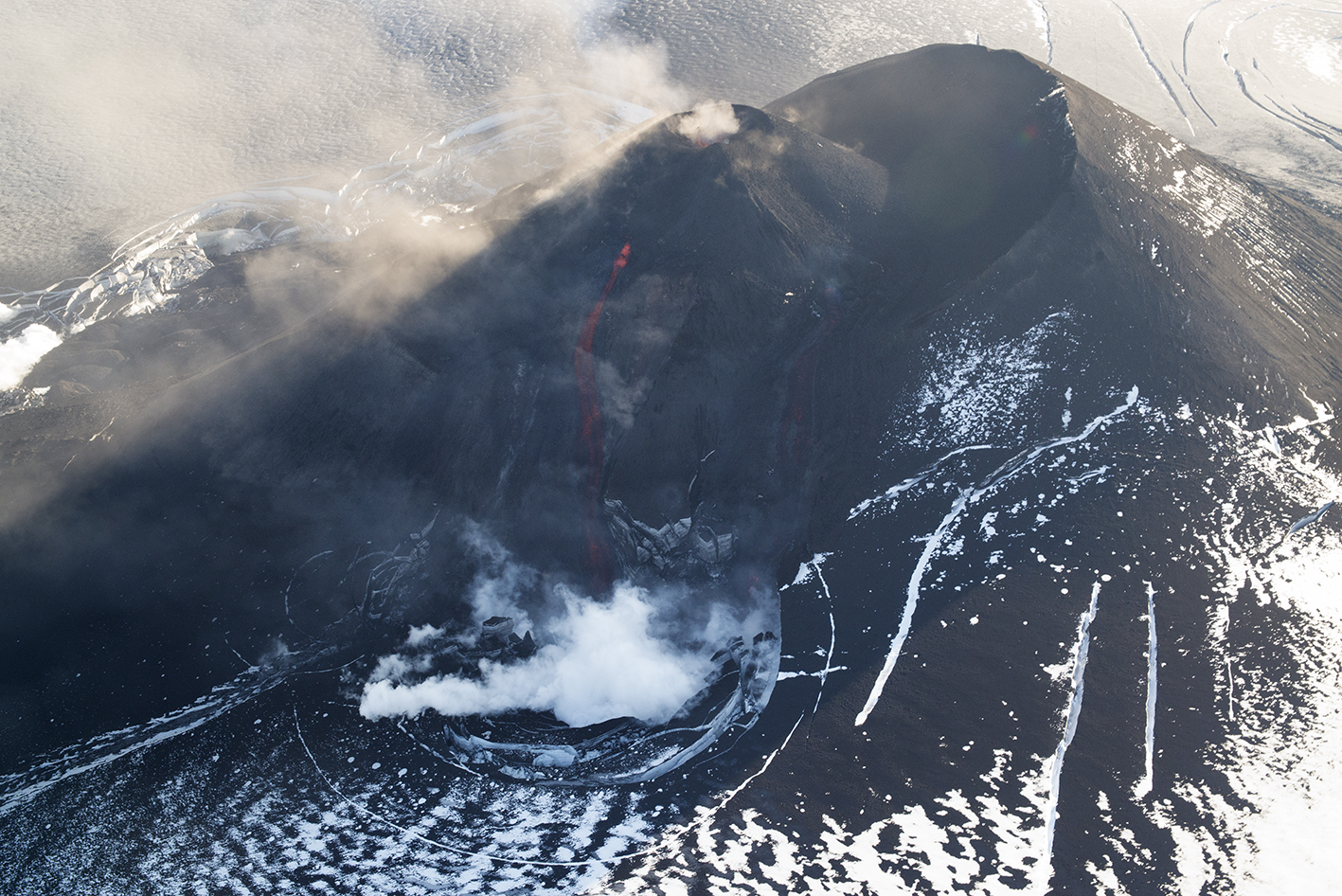
Lava and ice at Veniaminof volcano in Alaska, Aug. 2013.
Weird volcano
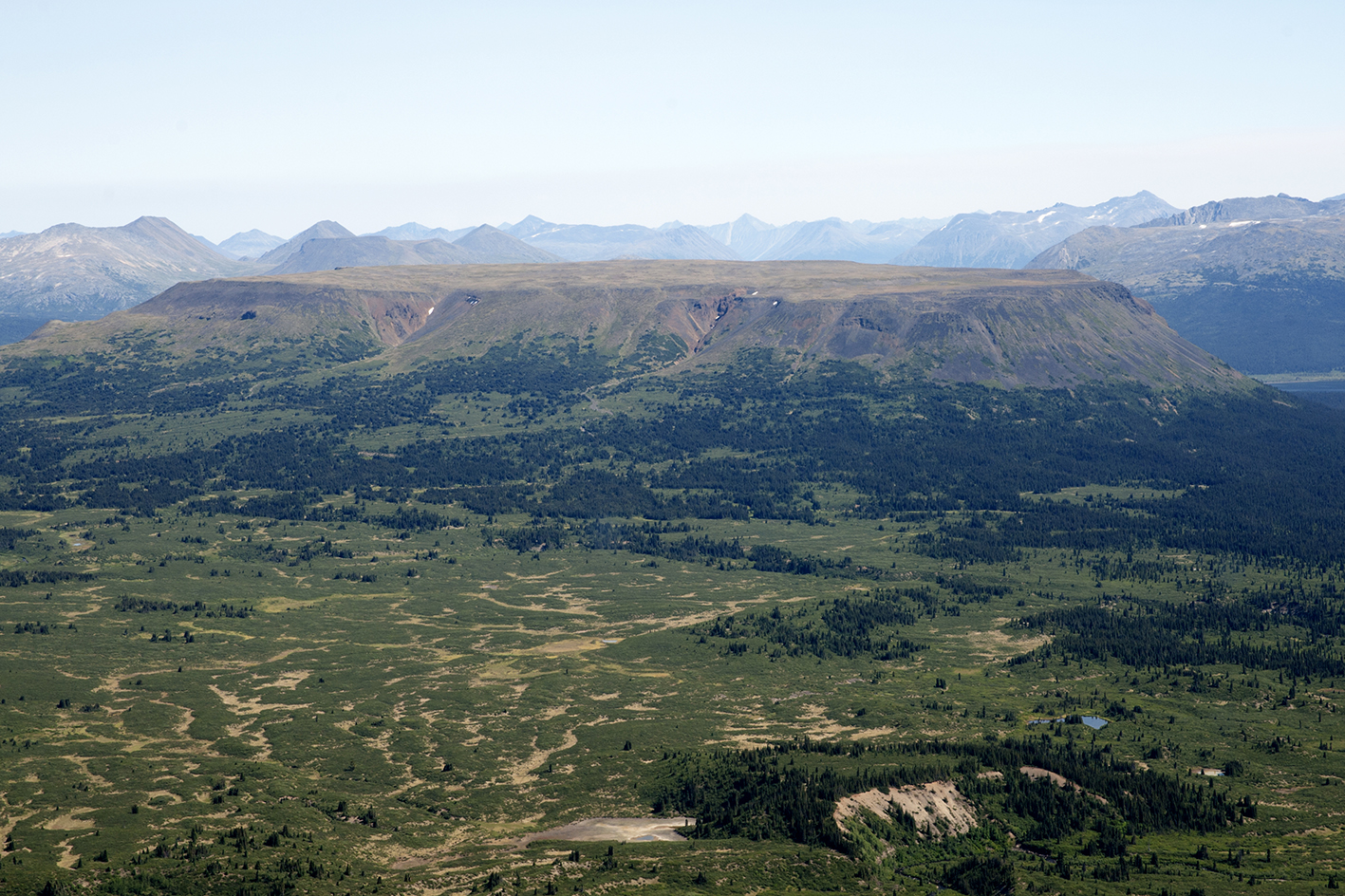
Tuya Butte, the volcano in northern British Columbia that is the source of the term tuya — a volcano that erupted under ice.
Ice dam
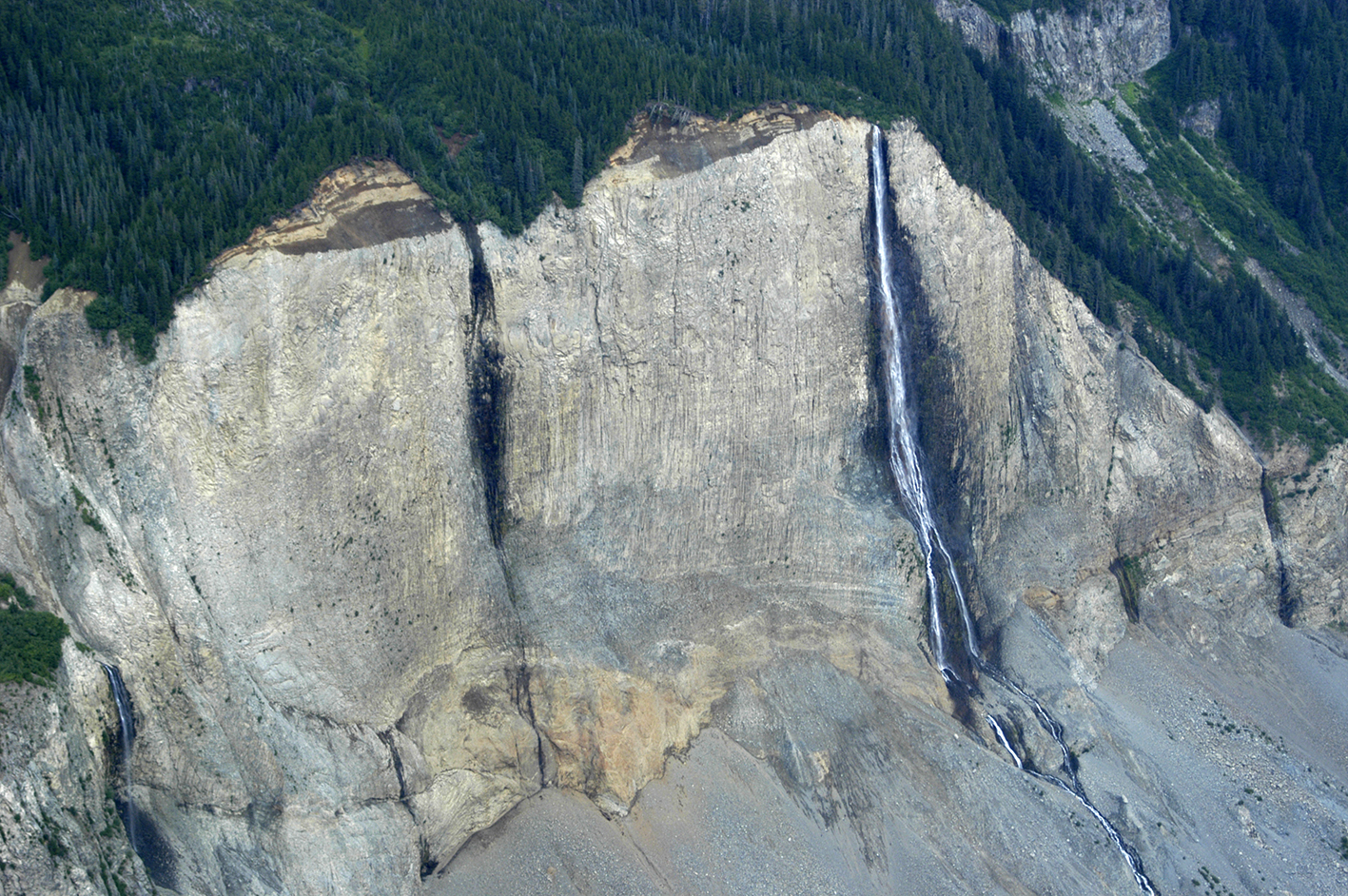
Lava flows at Canada's Hoodoo Mountains dammed behind a glacier, now disappeared.
Cascades tuya
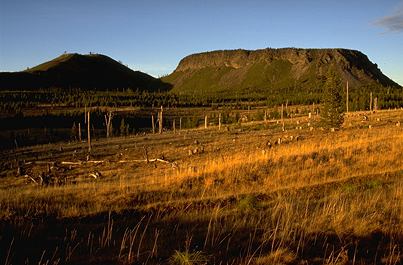
Hayrick Butte in northern Oregon is an example of a tuya in the United States.
Stand back!
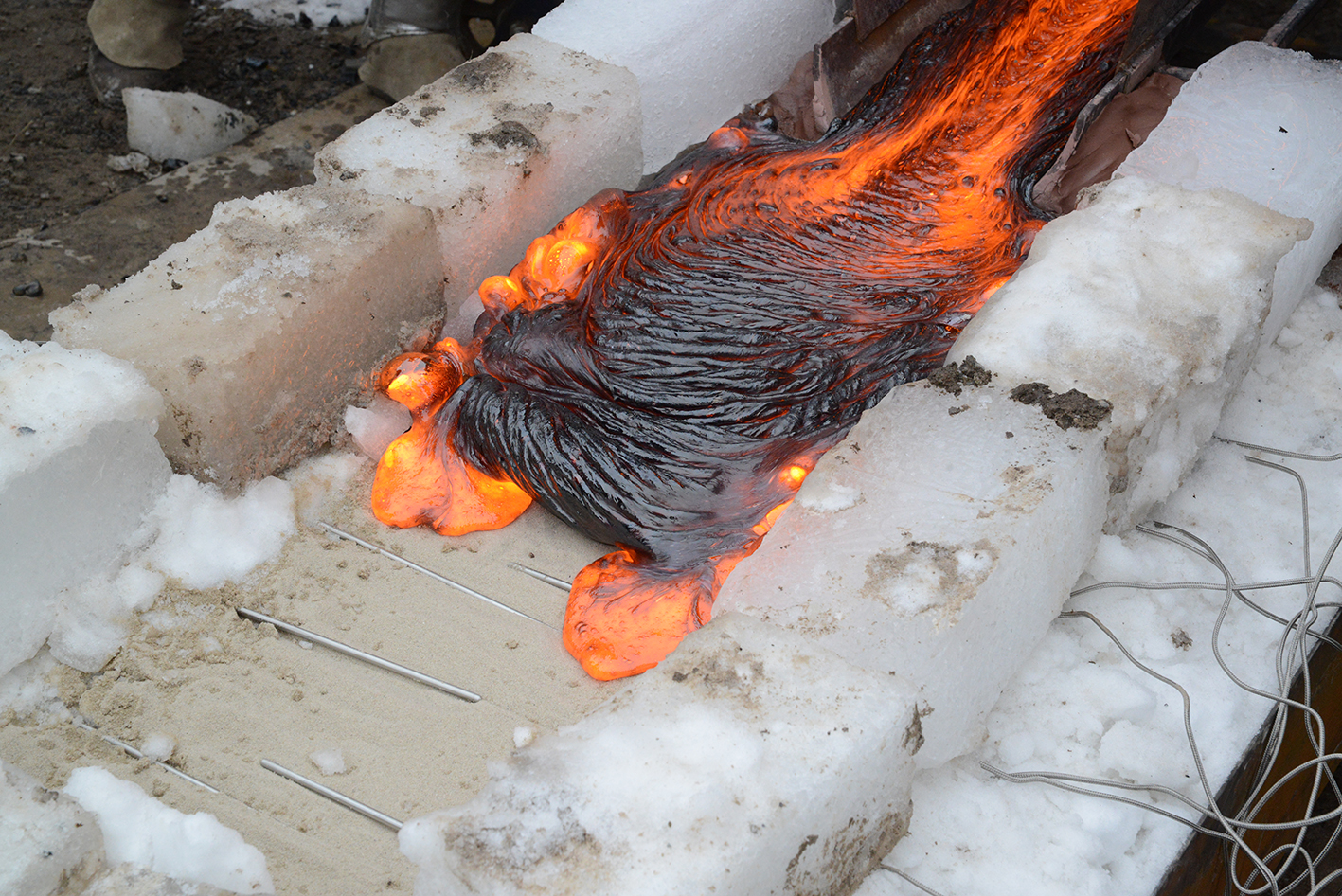
At Syracuse University in New York, scientists are simulating their own lava-ice interactions.
Tunnel of lava
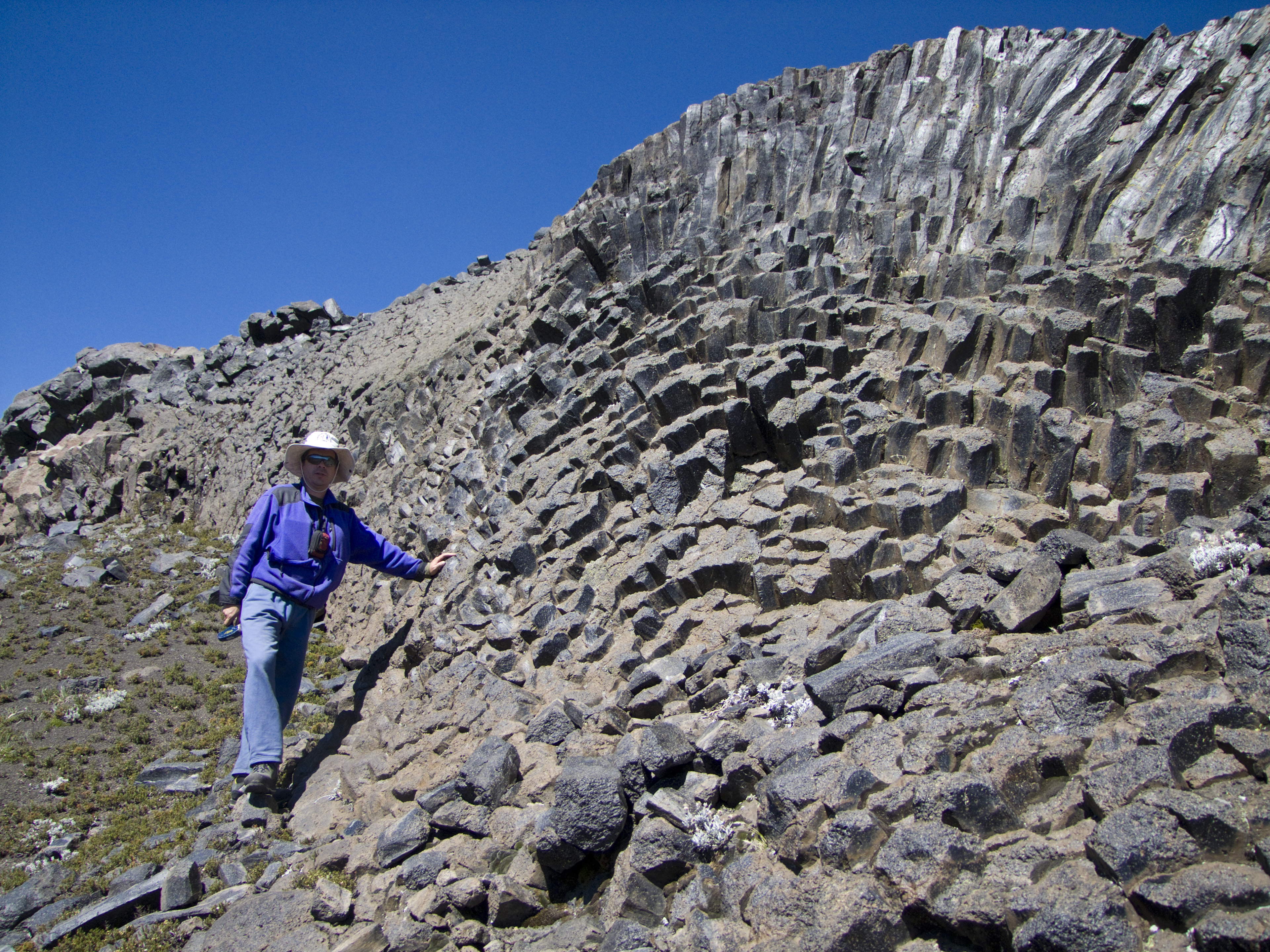
Imagine a lava flow creeping slowly through a circular tunnel melted into the ice. Cool down the lava flow, then remove the ice. The sinuous shape of the lava flow shows that it was confined by ice.
Sign up for the Live Science daily newsletter now
Get the world’s most fascinating discoveries delivered straight to your inbox.
Iceland glacier-volcano
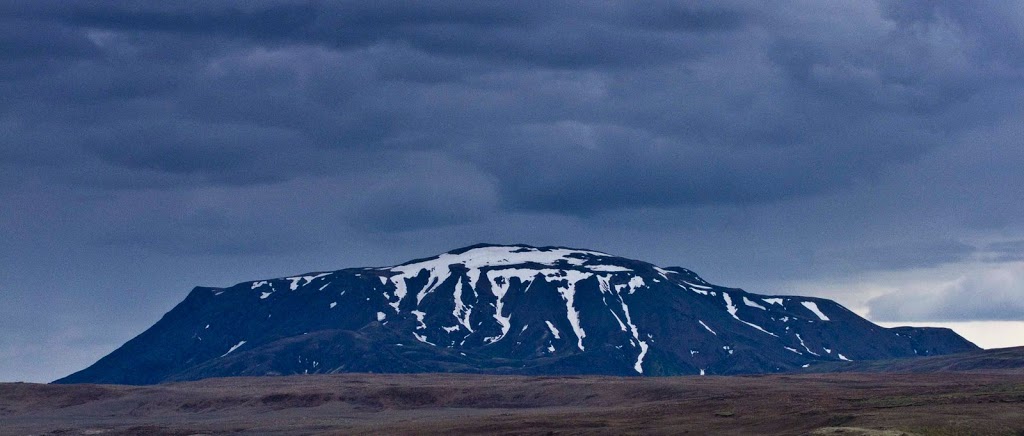
A table mountain in Iceland, the local term for a volcano that erupted under ice.
Antarctica's fiery past
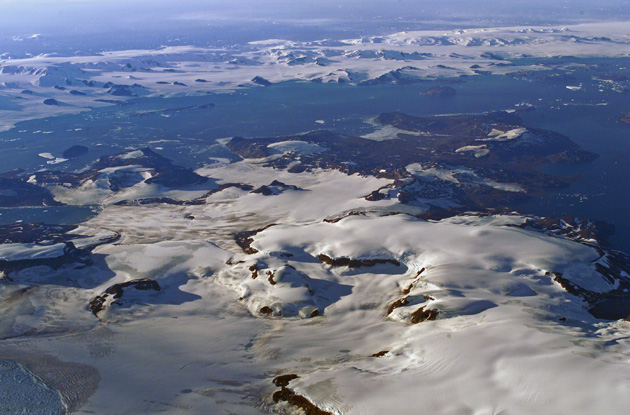
View across northwestern James Ross Island, a subglacially-erupted volcano in Antarctica.
Boom!
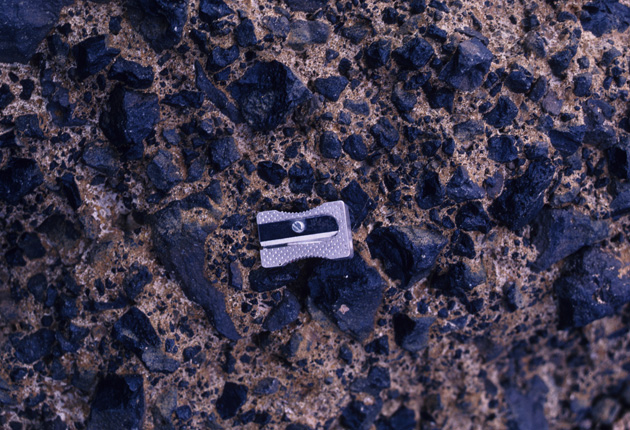
Close-up of the glassy lava breccia called hyaloclastite formed when lava flows into water and explodes into fragments.
Where water once flowed
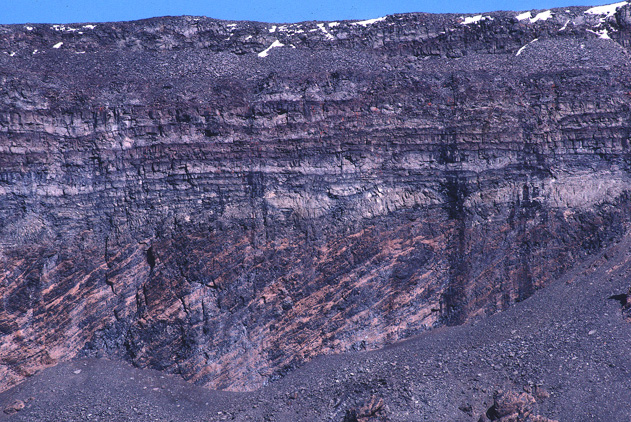
A lava-fed delta on James Ross Island in Antarctica. The horizontal surface separating the layers marks the former water level.











